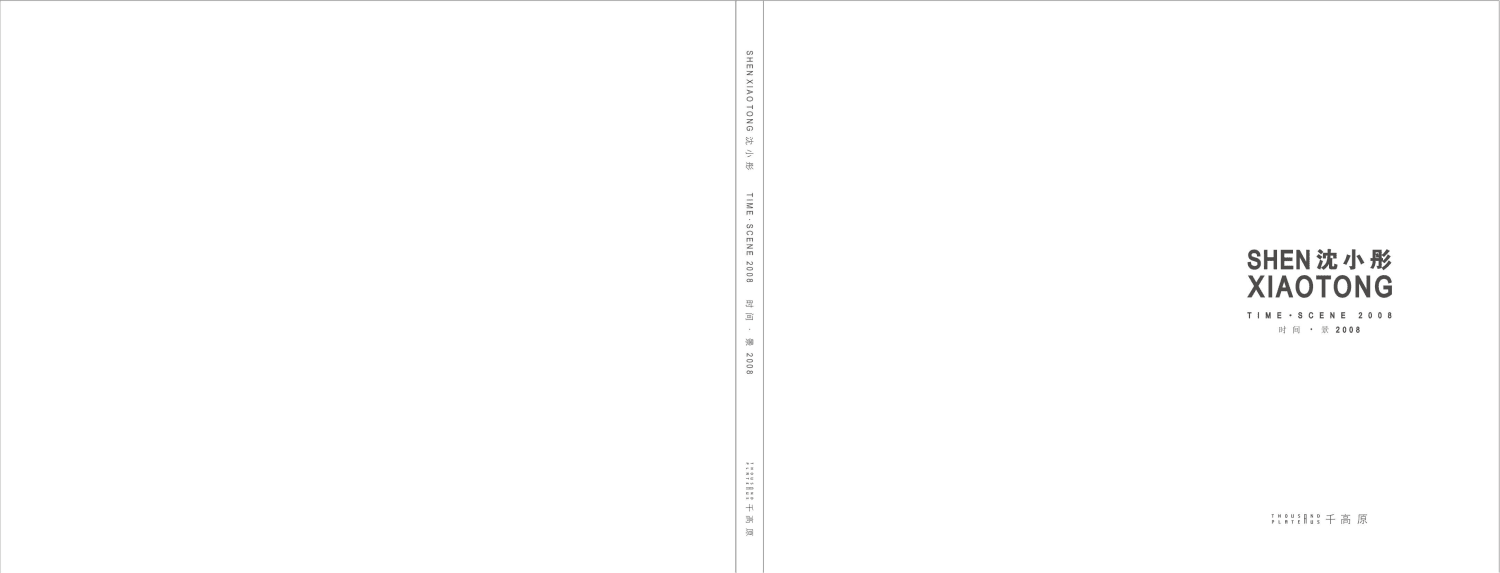Shen Xiaotong: Time · Scene 2008
Past exhibition
Overview
Exhibition Time: July 5th, 2008 — August 10th, 2008
Artist: Shen Xiaotong
沈小彤很早就表现出对“时间”的敏感性。在1988年的时候,沈小彤就已经在他的《茶馆》、《静物》这类作品里敏感到时间的问题。在《静物》里,处于构图中央位置的杯状物体显示出极端的不稳定,因为它被一种看不见的力量推起,类似于漂浮在空中。所以我们很容易从心理上去接近艺术家的状况,关于物体的线型运动的时间观念事实上已经被忽略了,沈小彤敏感到的是心理的时间故事。客观环境的参照性变得不重要,他希望将所感受到的时间问题凝固在一个不现实的空间中,借用康德的概念就是,将感觉经验先验地凝固或者综合在目的性上。1989年2月,沈小彤参加“中国现代艺术展”的三联画《椅子》是这种感觉现实的更为清楚的表现,艺术家告诉我们,物体在不同的时间里,它所体现出来的形态是不一样的,并且与现实的一般经验无关。栗宪庭说他曾把《茶馆》“归入玩世写实主义”,可是他注意到艺术家在“画面的人物处理,不像北京的方力钧和刘炜等人作品中的那种嬉皮笑脸和泼皮味道,而是神情恍惚、茫然和有点做梦的感觉”。在面对现实问题方面,标准的玩世写实主义摆开了对现实的明确态度,以“不抵抗”的自我嘲笑的方式,给予了经验主义式的评价。可是,沈小彤不愿意“泼皮”的立场,他的态度是,即便我们不清楚那些琐碎的经验的来龙去脉,也应该保持一种“不确定”的警惕性。保持道德感的人的基本生活态度是:道德的纪律是不会因为经验世界的变化而发生改变的,因此,轻易地表达对经验的看法是危险的,除非我们对自己的行为进行过事前的严肃判断。
Publications


